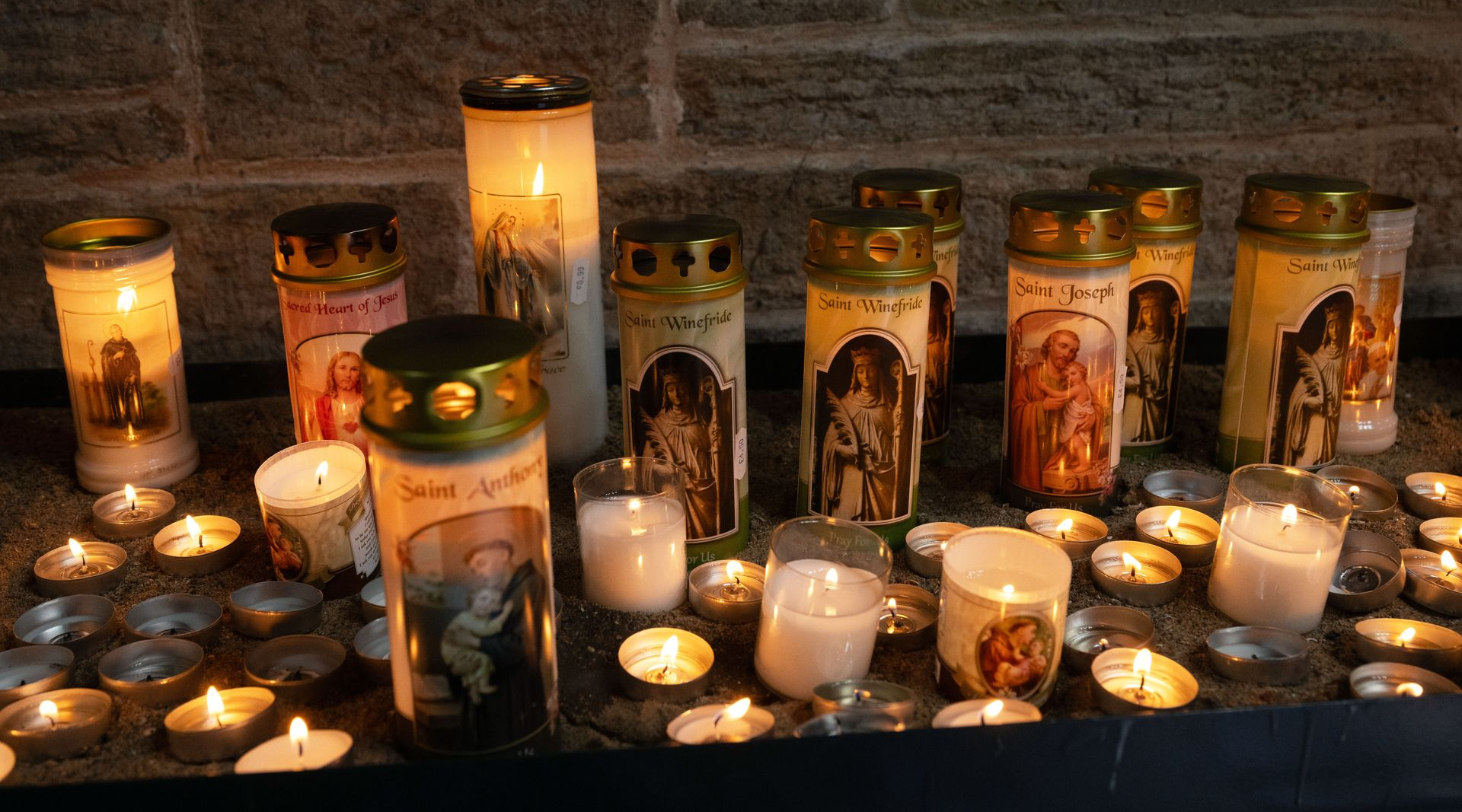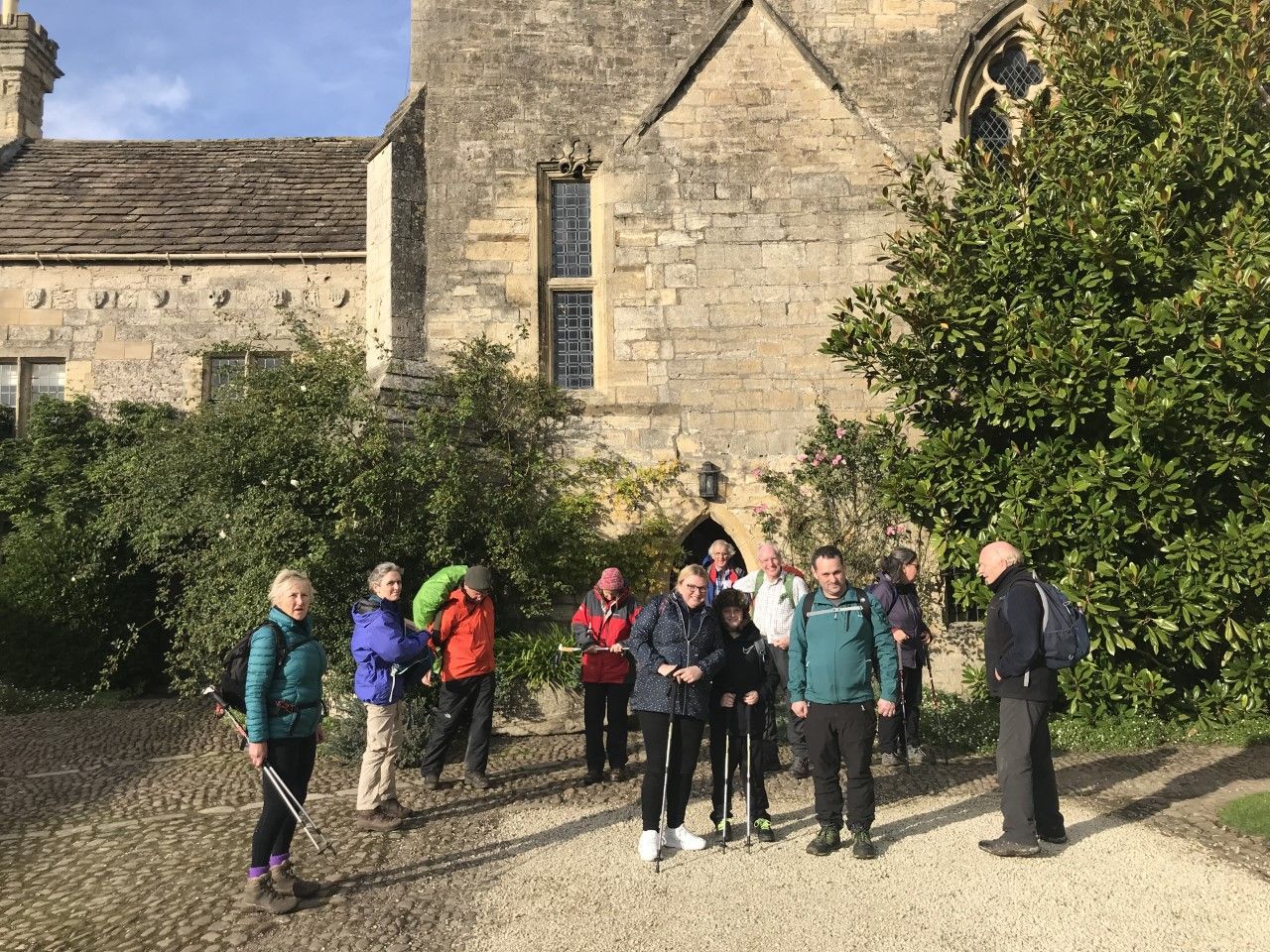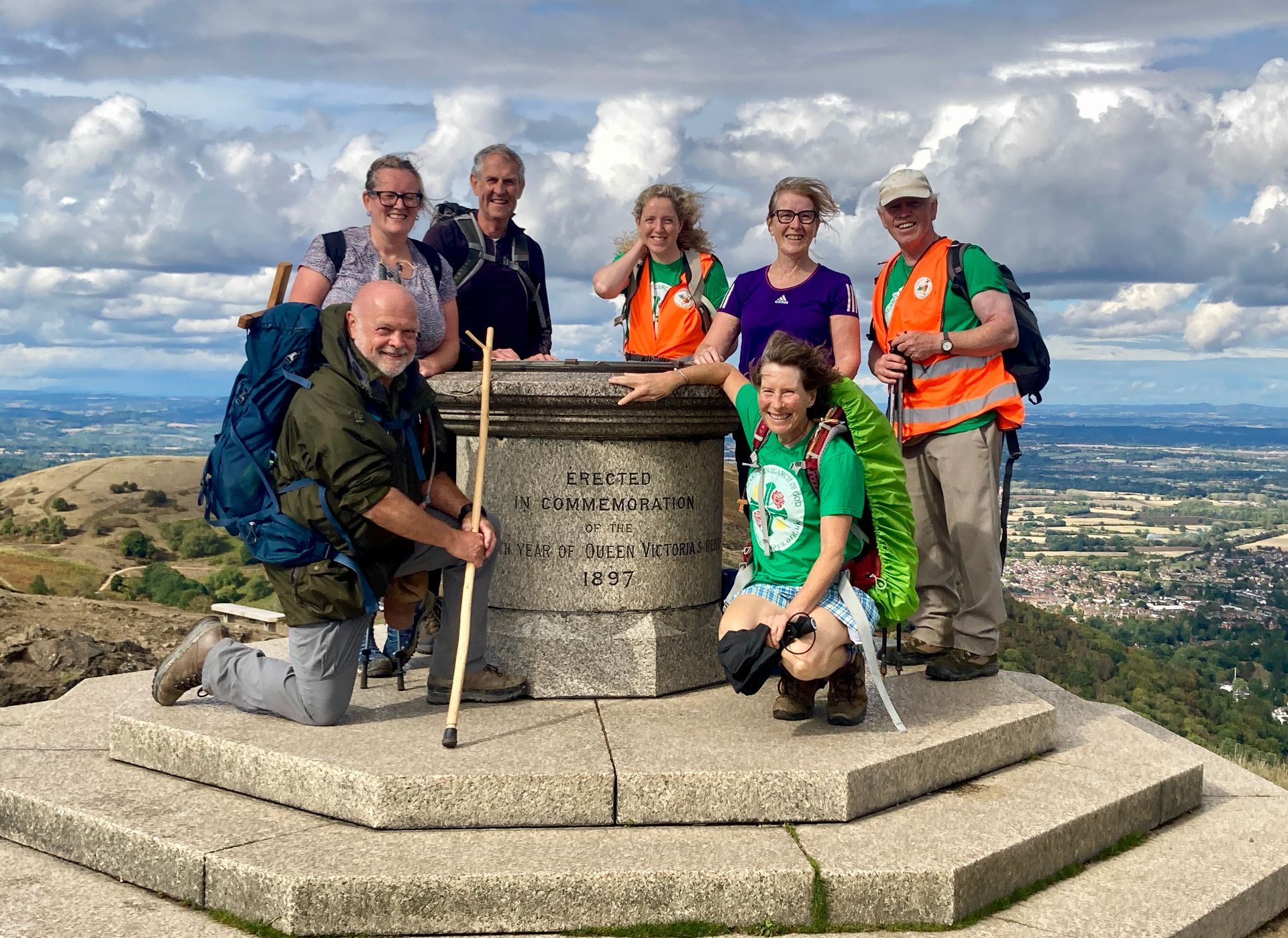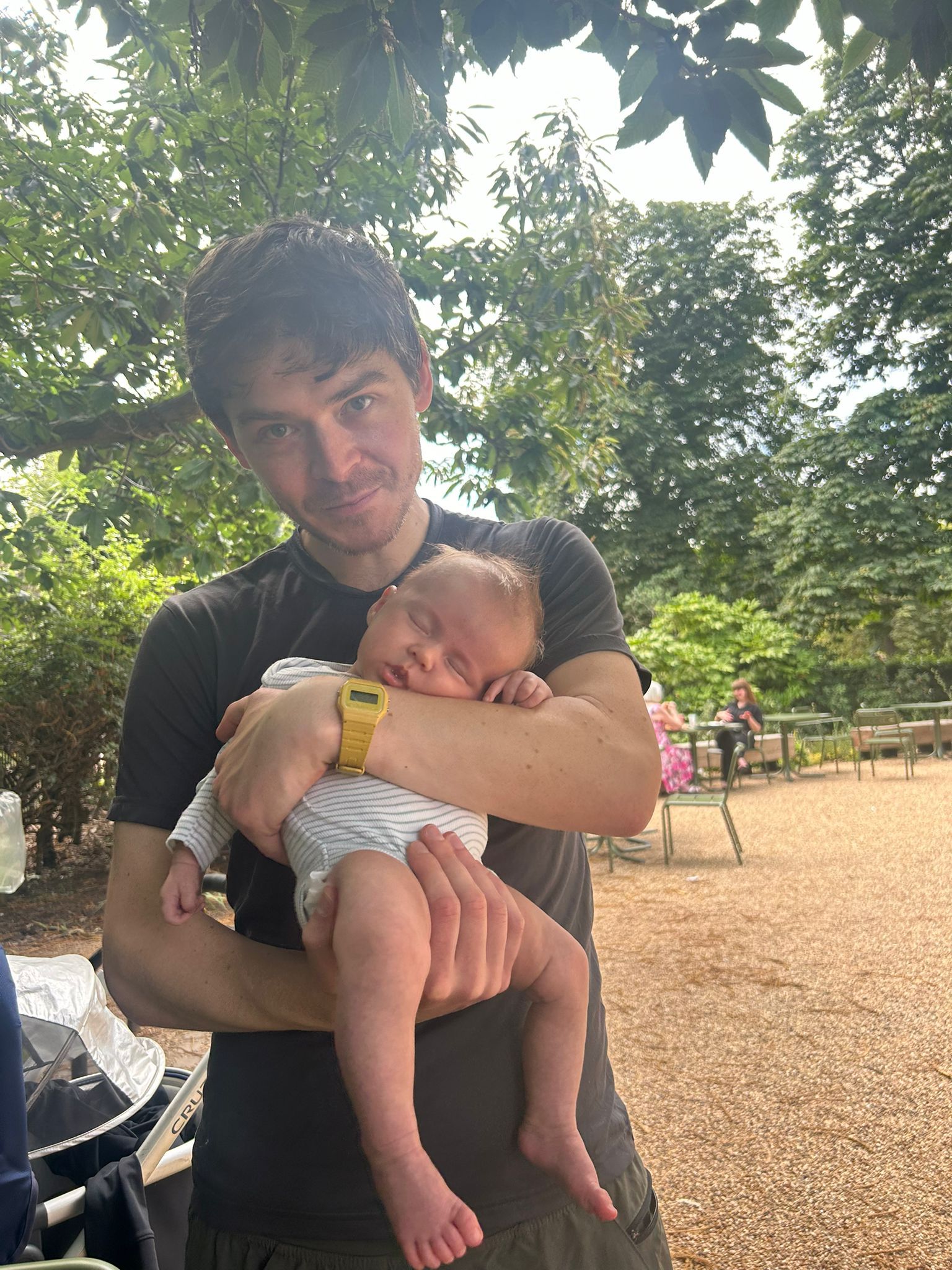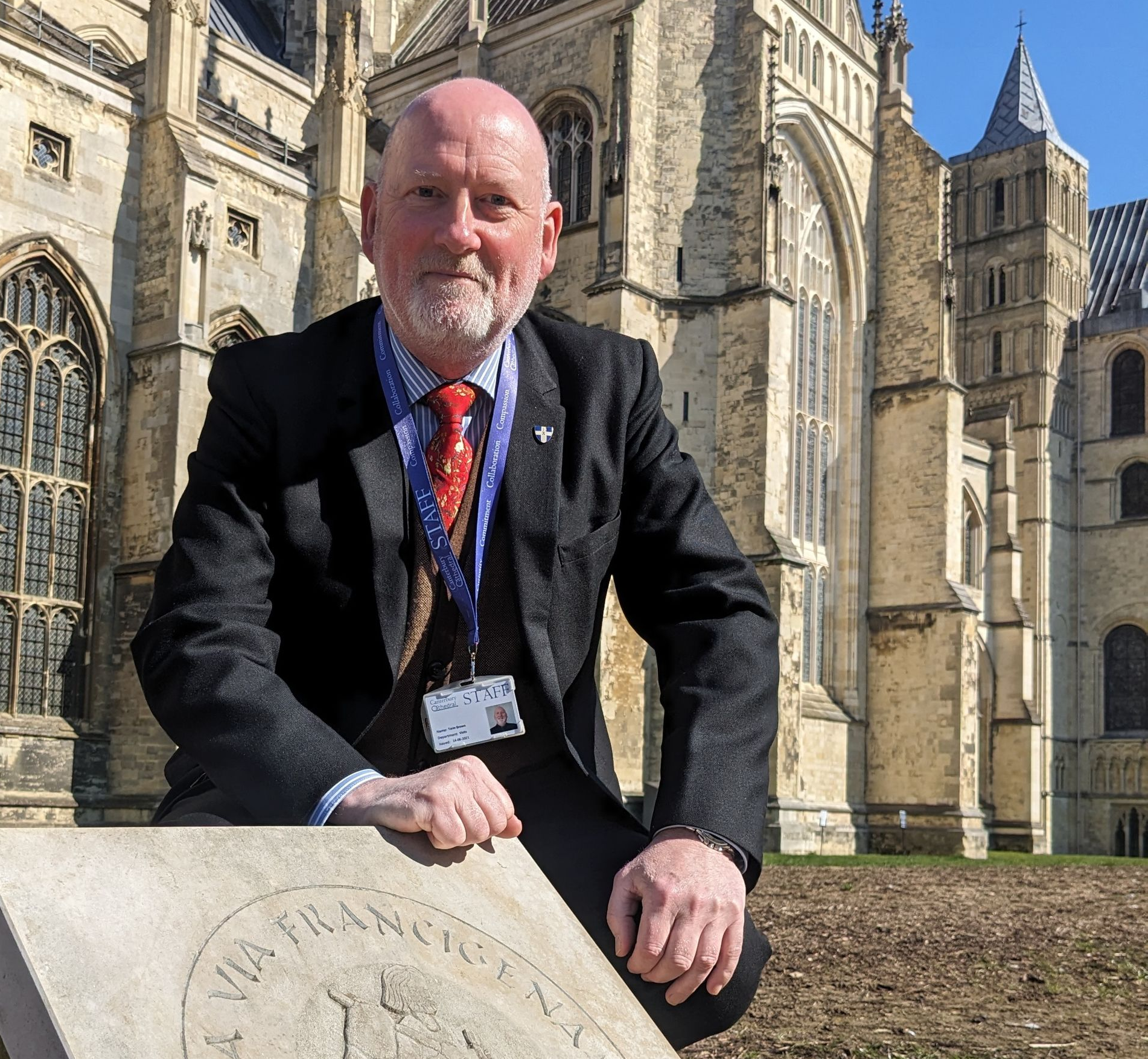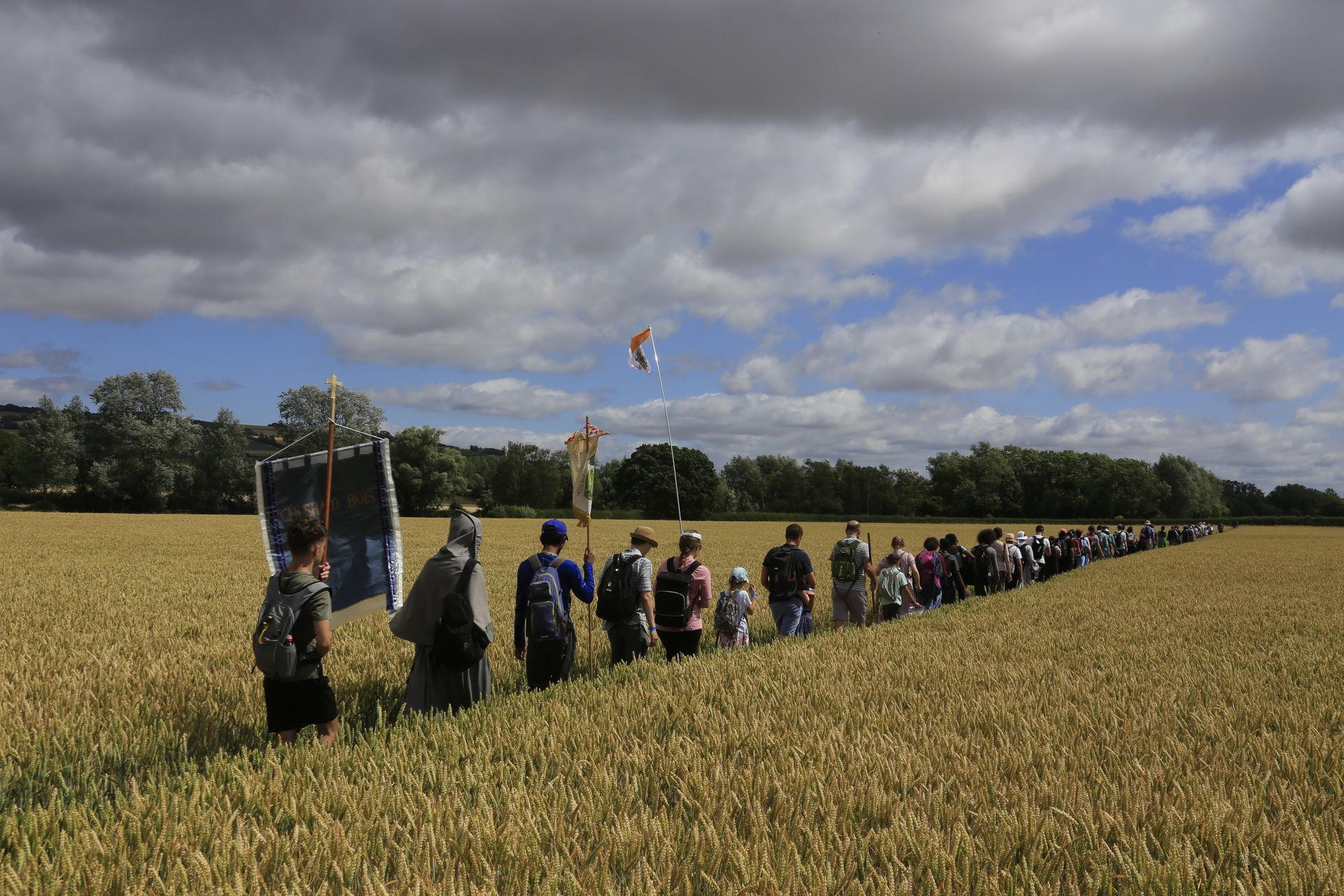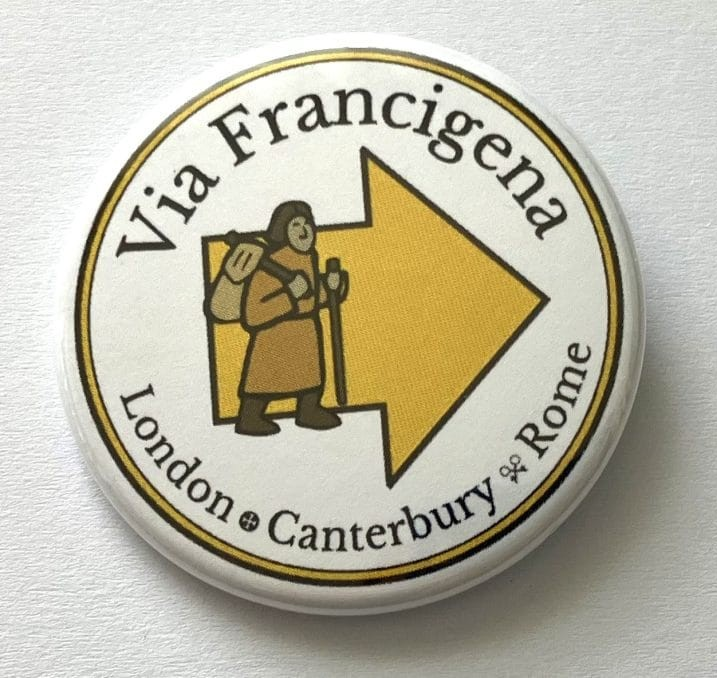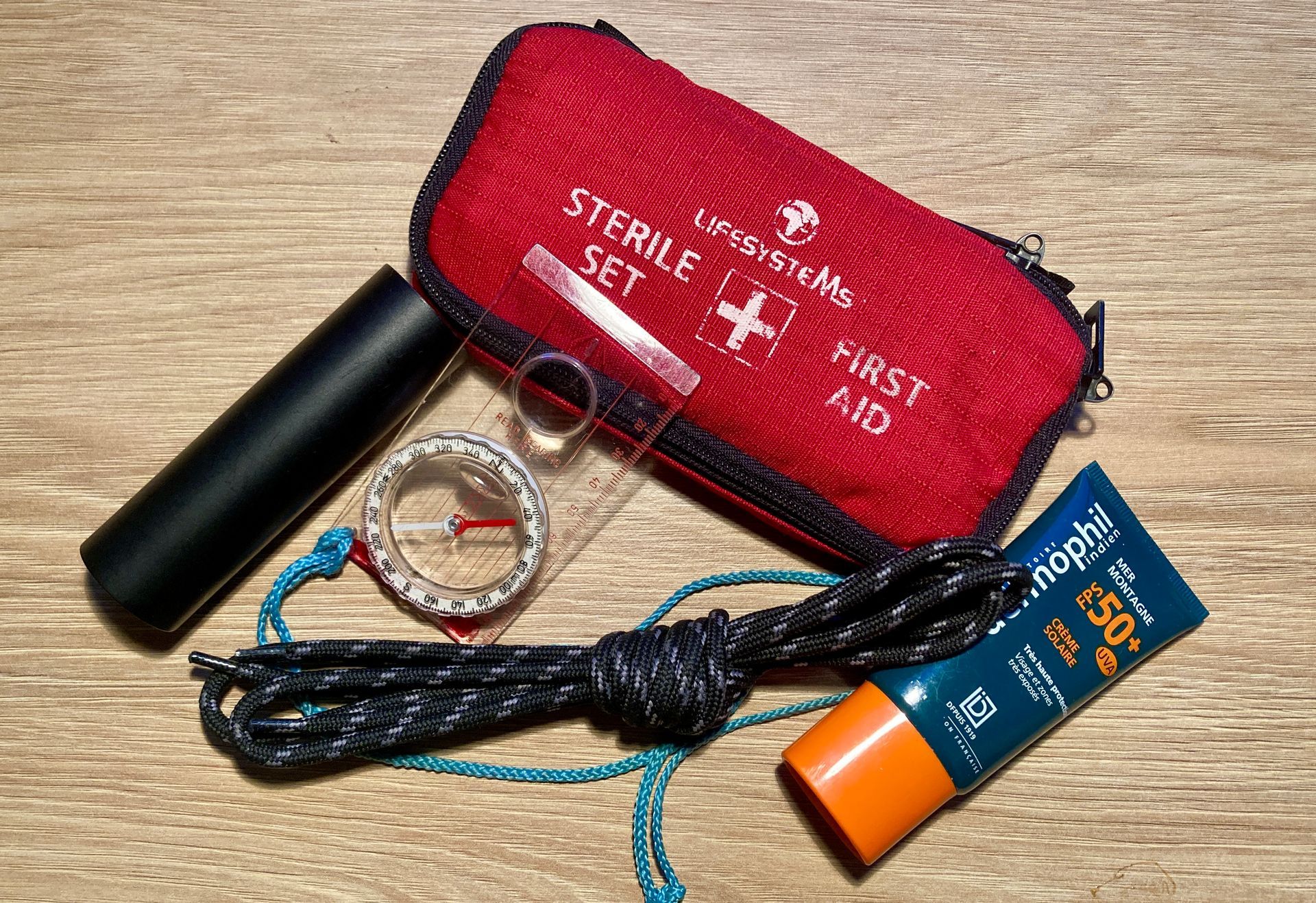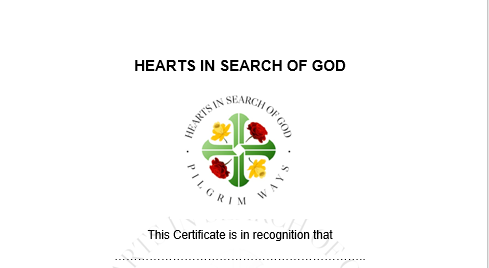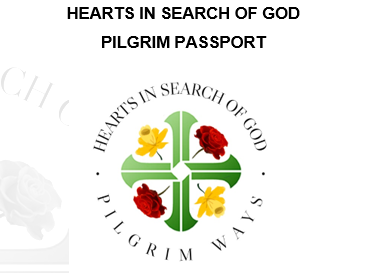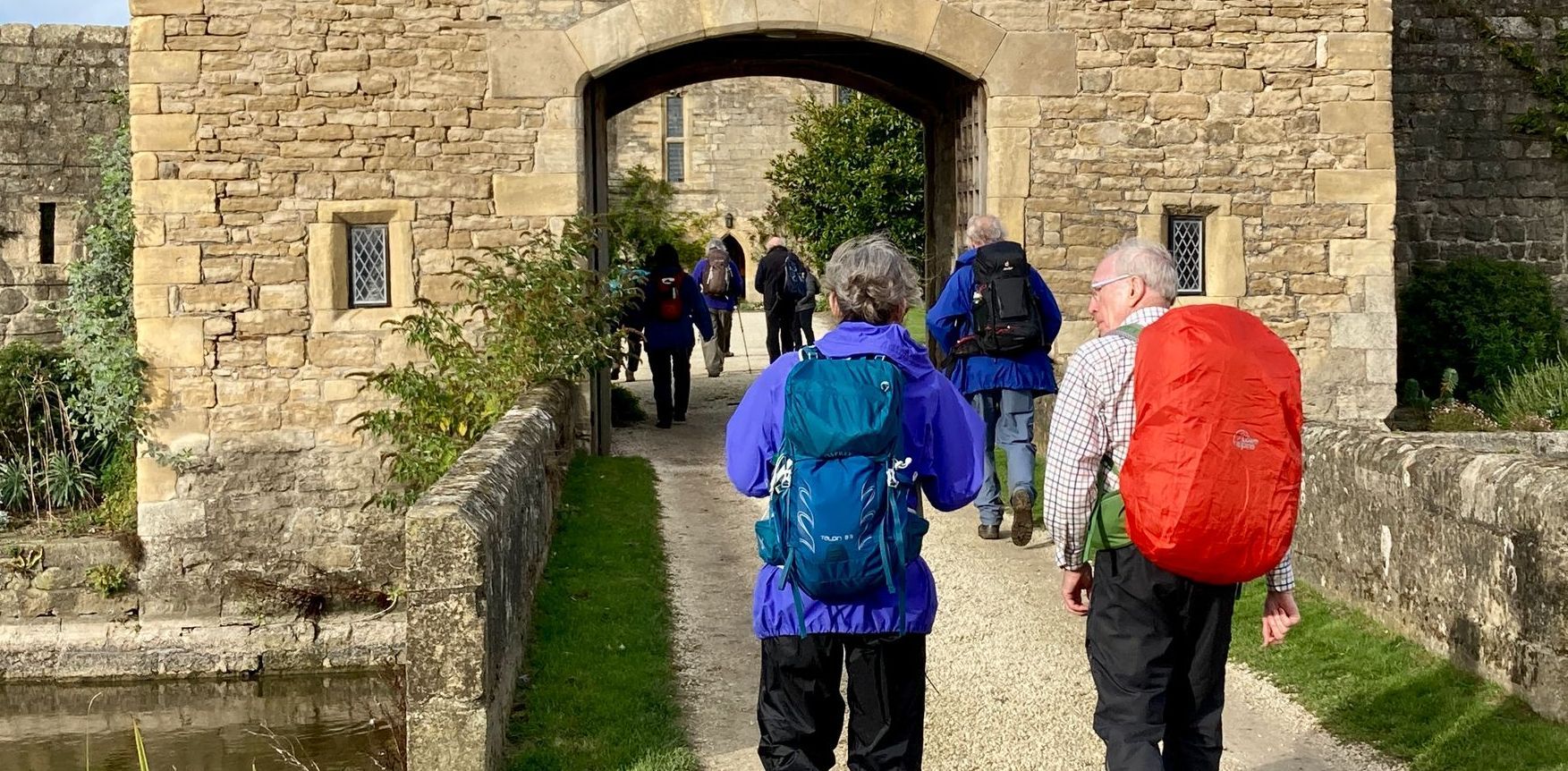The Pilgrimage of Hope: Memories of the St Mark's Way
The Pilgrimage of Hope was a national walking pilgrimage for England & Wales starting from Cardiff, Leeds, Norwich and London and converging at the Cathedral of St Barnabas in Nottingham. The 4 routes, named after the Saints Matthew, Mark, Luke & John, were created by Dr Phil McCarthy.
I was lucky to be invited to be a perpetual pilgrim (one of those who walked the whole route) and chose to walk St Mark’s Way from Leeds mainly because I knew very little about that part of the country and not because it was the shortest route – a mere 106 miles compared with St Matthew’s Way from Cardiff, 210 miles.
On the morning of 6 September we were joined by 30 day pilgrims for mass at the Cathedral Church of St Anne in Leeds before heading towards the Aire & Calder Navigation canal/river path which also formed part of the Transpennine cycle way, so a nice flat walk. The sun shone, swans and geese preened themselves by the river and we got to know our fellow pilgrims. As we passed under the M1 a piece of street art on a pillar stated “Follow your soul, it knows the way” but we also had the route on Outdooractive just in case. For a first day walk 15 miles seemed very long but as we trudged up to the doors of St Austin’s church we were greeted by the priests and parishioners and given a much welcomed cup of tea and cake.
Our routine for each day: we would be joined by different group of day pilgrims and, depending on our time of arrival, we would either have mass in our designated church in the morning or evening. At noon we would stop to say the Angelus and we carried with us a little statue of St Peter made from “streaky bacon limestone” - he had his photo taken along the way to chart our journey. Luckily one of our perpetual pilgrims had obtained a grant which enabled us to stay in hotels and not on church floors as some of the other routes had to. On three occasions I and another pilgrim bailed out at the 10 mile mark and got a lift, tram or bus to our destination. Cheating? No. Pilgrims often took advantage of the passing horse and cart.
Our route continued through the historical industrial north. 14th century chapels on bridges, extra ordinary hospitality, particularly in Wombwell where not only did we receive a cup of tea and cake, but supper and breakfast the next morning. At the Anglican Cathedral in Sheffield there was a beautiful textile exhibition called Threads through the Cross https://www.jacqui-textile.com/the-cross/. I was pleased to meet our CSJ Region Rep for Yorkshire, James O’Malley who joined us on the walk from Sheffield.
Indeed, the journey from Sheffield to Padley (day 4) was most interesting. We had our first proper hill leading to an old Roman road stretching across moorland. This led to ancient woodland, definitely Lord of the Rings territory, before reaching the historic Padley Chapel where in 1588 Richard Ludlam and Nicholas Garlic were arrested and later executed in Derby for the ‘treason’ of being Catholic priests. In Eastwood, the home of D H Lawrence, the church of Our Lady of Good Counsel, where we were greeted by enthusiastic school children, also has the honour of being the shrine of the Beauville Martyrs – Saints John Houghton and Robert Lawrence, two Carthusian monkswho were hung drawn and quartered at Tyburn in 1535.
And so on day 8, Saturday 13 September, we arrived - in the first real rain we had encountered - at the Cathedral of St Barnabus, Nottingham. The 4 routes met, we had a thanksgiving service where a representative from each group of pilgrims read a short reflection on their journey. An Apostolic Blessing (see photo) was bestowed on us all and the original presented to Phil McCarthy – well deserved. We then celebrated with a meal and a ceilidh. The Pilgrimage finally ended on Sunday morning in the Cathedral with a Solemn Mass for the Feast of the Exaltation of the Holy Cross.
Annie Sparkes was a perpetual pilgrim on the St Mark's Way of the Pilgrimage of Hope.
This article will also be published in the Spring Newsletter of the Confraternity of St James.
Photo copyright - Diocese of Leeds/Morton-Gledhill
